With people spending more time indoors, many folks have turned to indoor greenery to make their homes feel fresh, open, and cozy. It has become a common trend to bring in limitless quantities of indoor plants in the pursuit of Pinterest-approved beauty. However, there is a catch: not all choices will work well in your area, and you should do your homework before stopping by the greenhouse to fill up your home. You may want to think carefully before purchasing any of these popular choices below, whether they’re terrible for allergies, dangerous to your children or pets, or nearly impossible to maintain alive.
Here are some of the worst household plants that you should definitely avoid bringing into the home.
Contents
Fern

Ferns are one of the most popular houseplants, but they may also trigger allergic responses. This is largely attributed to the spores they produce, which may be a significant source of worry for seasonal allergy sufferers. Consider bringing ferns outside, where they may flourish in hanging pots or planters and spread their spores more easily.
Fig

Image Title: Fig plant
Image Alt Title: Ficus plant
Image Description: Indoor fig plant
Fig trees are one of the most popular indoor plants, but they are also probable allergy triggers. The sap on the thick leaves combines with dust particles to create a powerful allergen that causes responses more often than any other pot plant. Because the structure of the ficus plant and proteins found in latex is similar, figs may be particularly troublesome for individuals with a latex allergy. Most of the popular types, such as rubber plants and weeping figs, may trigger allergic responses in certain people.
Palm
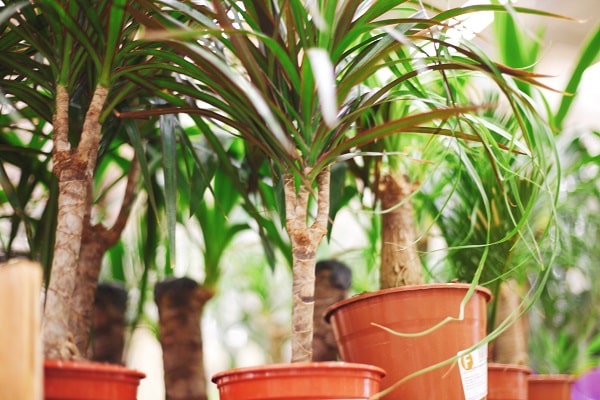
Palms are low-maintenance plants with a cute, tropical appearance that may trigger allergic responses if not handled properly. Fortunately, with a little information, avoiding the sniffles is simple. Just be sure you choose a female plant since only males produce pollen3 and create issues. A female palm, in particular, is an excellent option since its smooth, thin leaves don’t collect much dust, and it thrives in mold-free, sandy soil.
Bonsai

Image Title: Bonsai plant
Image Alt Title: Bonsai plants
Image Description: Indoor bonsai plant
Buying a bonsai is essentially a miniature version of keeping a tree in your house. The problem with the Bonsai plant is that it may be very unpleasant to those who suffer from tree allergies. Even if you don’t have allergies, be cautious while watering or trimming it: pricking your skin may cause a rash, according to Allergy&Air.
Plant ZZ
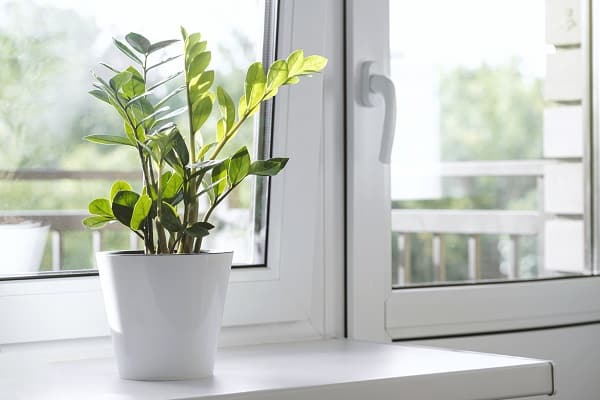
The ZZ plant is one of the most unusual plants you can bring to your indoor jungle, and it’s also very hardy, especially in low-light conditions. However, there is a drawback: the whole item is poisonous and may be very hazardous to children and dogs, producing discomfort or a burning feeling if eaten or rashes just by touching it.
Succulents
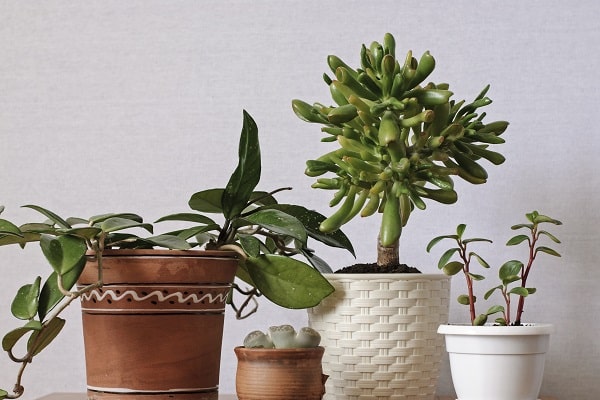
Image Title: Succulents
Image Alt Title: Succulent plants
Image Description: Household plants, succulents
Succulents are becoming more popular in people’s homes, and for good reason: they’re cheap and look great, so why not start stocking up? If you do choose to take a batch home, be cautious. Mealybugs, which are teeny-tiny insects that spread quickly to other plants and are difficult to eradicate, may infect them.
Ctenanthe

Ctenanthe is a South and Central American plant with lovely patterns, although it may be difficult to cultivate. The leaves may lose their beauty when there is too little or too much light, becoming dull or becoming completely green. And if you can’t provide it with a high-humidity environment, forget about it: it won’t survive long.
Orchid

Image Title: Orchid
Image Alt Title: An Orchid Plant
Image Description: An Image of an Orchid
While orchids seem like they may not cause any issues since they are so popular, but they may trigger skin responses in some individuals when handled directly; in the worst instances, they can cause face edema or perhaps even anaphylactic shock. Orchids are unlikely to trigger additional allergic responses if you’re not one of the unlucky ones who suffer from this skin irritation, so you should only avoid them if you have this condition. Otherwise, they are quite pretty household plants.
Cherry Of Jerusalem
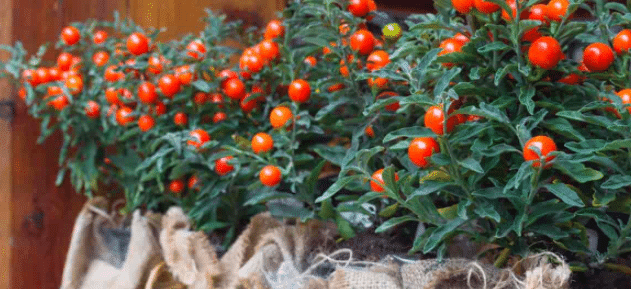
The Jerusalem Cherry produces little orange and red berries that make it a colorful houseplant. Unfortunately, children are drawn to the tasty-looking berries, which are toxic and may cause anything from headaches and diarrhea to paralysis and delayed breathing. It may cause health issues in dogs as well, such as diarrhea, vomiting, and seizures.
Chrysanthemum
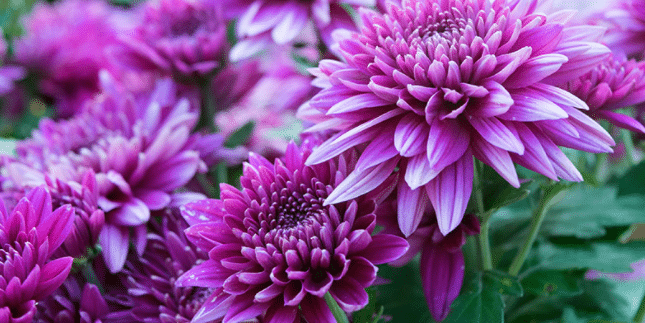
Image Title: Chrysanthemums
Image Alt Title: Chrysanthemums flowers
Image Description: Chrysanthemums in a vase
Chrysanthemums are sturdy, beautiful blooming plants with a wide range of colors. It’s often taken inside since it thrives in pots, although this may cause problems. It’s pollinated by the wind, which means it generates a lot of light, powdery pollen that’s easy to take up in the air. This is terrible news for allergy sufferers since studies of greenhouse workers have revealed that this flower is a frequent cause of allergy symptoms.
Poinsettias

Poinsettias appear in every grocery shop throughout the Christmas season, and homeowners may take a few home for a colorful display. Unfortunately, despite its beauty, it may lead to certain health issues: If the white-colored milky sap touches on your skin, it may cause a rash, and if your cat or dog consumes it, it can cause vomiting, diarrhea, and skin irritation.
Lily Of The Easter Season

A new holiday, a new plant. Easter brings with it the Easter Lily, which is a white flower with a lovely scent. Just be aware that although it is non-toxic to dogs, it may cause vomiting, lethargy, renal failure, and death in cats if eaten. They seem to be the only animals afflicted, according to the ASPCA.
Air Plants

Everyone believes air plants are simple to care for but don’t be tricked: they’re not. They don’t simply survive on air, contrary to common perception, and need more care than other home plants. The plants need strong, indirect sunshine and must be frequently washed and dried. When you don’t have time to properly soak them, you will still need to spray them between each watering cycle to help them look fresh.
We hope that this list of worst household plants helps keep you, your loved ones, and your pets safe. While it is always a good idea to have plants indoors since they provide fresh air, it is equally important to do proper research before bringing any inside the house.